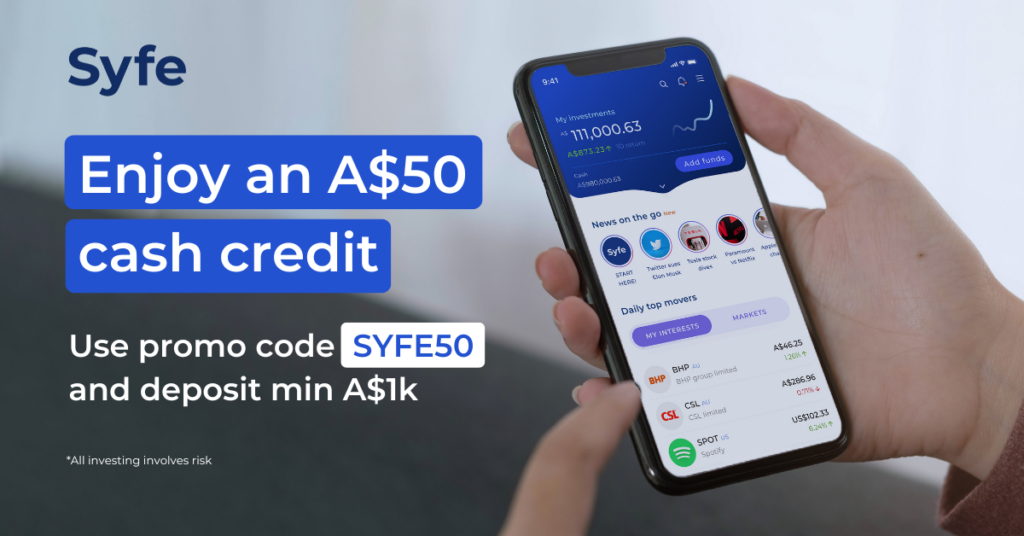
At the close of 2022, Starbucks was sitting on a US$1.61 billion war chest of customer deposits.
That war chest had been built over two decades, driven by the coffee giant’s brilliant loyalty and rewards program beloved by over 30 million customers. In this article we look at the history of that rewards program and its relationship to Starbucks outsized business success.
History of Starbucks Rewards
A precursor to its rewards program, Starbucks launched the first iteration of its Starbucks Card in April 2001. People were instantly drawn to the idea of being able to effortlessly pay for their coffee, or gift cards to their friends and family, with the company selling 200,000 Starbucks Cards in a single week and 4 million in less than a year.
It would take the company a further seven years to launch its now iconic rewards program. Since then the coffee giant has amassed more than 30 million Starbucks Rewards Members, growing its member base over 100% between the end of 2018 and the second quarter of 2023.
| Year | 2018 | 2019 | 2020 | 2021 | 2022 | Q2 2023 |
| Starbucks Rewards Members (in Millions) | 15.3 | 17.6 | 19.3 | 24.8 | 28.7 | 30.8 |
Source: Starbucks Reports.
Looking back, Starbucks Rewards was initially focused on giving its customers perks like free refills or free coffees based on the purchase of adjacent products, like Starbucks coffee beans.
Since then it has been simplified to a consumption-based model. If you buy one “handcrafted Starbucks” beverage you get rewarded with one Starbucks Star. Once you acquire nine stars, your next drink is free!
Source: Starbucks.
Members can preload their Starbucks Card with cash and add the value of any gift card to their card. While physical Starbucks Cards were once popular, the Starbucks app – which boasts Starbucks Card integration – has superseded the physical rewards card.
It’s also opened up new avenues for Starbucks to create brand affinity and drive better business outcomes. In app exclusives include rotating discounts like $2 off a select range of coffees, the ability to order ahead of time to skip lines, and even locate nearby Starbucks stores.
Ultimately, while the specifics of the rewards program have changed over time – the ideas behind the rewards program – specifically the idea of helping customers obtain meaningful rewards to serve their needs – has remained the same.
Starbucks Shareholders Get Rewarded Too
As with all great businesses, both shareholders and customers have benefited greatly thanks to Starbucks’ Rewards Program.
From driving increased visit frequency in Starbucks stores, stronger brand loyalty, an increase in the average revenue per user (ARPU) as well as proving to be a ‘highly predictable’ source of revenue, to richer customer data – the benefits of the rewards program are manifold.
“We know from our experience that when customers join our rewards program, their total spend with Starbucks increases meaningfully,” said former Starbucks CFO, Patrick Grismer.
Meaningful is perhaps an understatement, in the fourth quarter of 2022, a staggering 55% of “US company-operated revenue” was generated from Starbucks Rewards members.
It’s also meaningfully impacted stockholders. Between 2017 to 2022, Starbucks shares outperformed both the S&P 500 and the Nasdaq Composite benchmarks.
Source: Starbucks 2022 Annual Report.
Source: Starbucks 2022 Annual Report.
The company also continues to innovate on its rewards program, recently launching a Reward Together program. Under this new program, Starbucks will partner with other brands like airlines, movie theaters, retailers and more, to offer rewards to its members from both participating brands.
On the commercial side, management said that these “new benefits and experiences […] will make our Rewards program even more valuable, drive membership, and increase customer lifetime value.”
With Syfe you can invest in 12,000+ US stocks and ETFs – including Starbucks – in one swipe. Learn more about investing in stocks with Syfe now.

Investing involves risk, including the risk of losing your invested amount. Any information that may be in this communication is general in nature only and is current at the time of writing. Syfe does not make recommendations of any kind or provide personal advice that take into account your objectives, financial situations or needs. You should therefore consider the appropriateness of the information in light of your own objectives, financial situation or needs before acting on such information, and/or speak to your financial or tax adviser for personal advice. Past performance figures are based on information provided by third parties and may not be accurate. Any references to past performance and future indications are not, and should not be taken as, a reliable indicator of future results. Syfe does not intend for any statement made here to relate to the acquisition or disposal of any shares in the companies or other financial products named here. Syfe makes no representation and assumes no liability as to the accuracy or completeness of the content of this communication.














